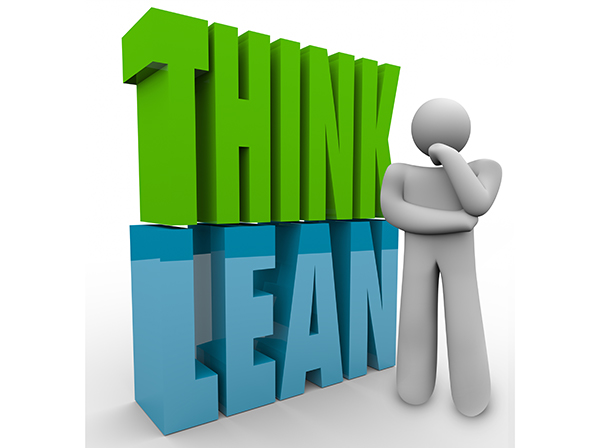
Going lean is all about the elimination of waste and risk. In the manufacturing world, lean methods focused on delivering a high-quality product to the customer. In the data world, Lean Governance delivers clean, timely, and controlled data at the lowest cost with minimal bureaucracy.
The path to Lean Governance begins with a view across your organization at the different uses of data. One of the first questions we ask is, “What’s the state of your data catalog?” This typically devolves into a discussion around the technology. The follow-up is, “If your software is working as expected, why are you still having problems?” Since no business function stands alone, we evaluate data catalogs through a different lens that highlights the interdependency between departments. This includes the sharing of bad data. For example, banks use forecasting models to produce income forecasts, which in turn produce their financial disclosures to regulators and investors. This bad data can have ripple effects across the corporation in terms of financial restatements and loss of investor confidence.
Lean Governance works with a metadata catalog that is both business- and technology-focused to track the organizational interdependency. This approach opens opportunities to increase staff efficiency and eliminate Data Quality risks within the organization.
eDiscovery is a great example of interdependency. This involves the identification, collection, and delivery of data and records, often in response to a legal subpoena due to data loss or GDPR/CCPA issues. The goal is to produce a complete and accurate set of records every time with the least amount of effort. This can happen only by knowing the location of the data and records, along with awareness of the subject matter experts. Lean Governance provides this awareness by using metadata to record the interdependencies between data, records, departments, and the relevant stakeholders (e.g., owners, consumers, etc.). The result is highly reliable data produced efficiently.
The application of systems thinking and lean thinking has permanently changed how we think about manufacturing efficiency and organization. It all started with questions about production bottlenecks and inventory that was piling up on the factory floor. Lean Governance is changing how we think about managing data. The journey to lean starts with a walk-through of your organization’s data factory. You will be amazed at the amount of waste that produces operational inefficiencies, conflicting data catalogs, and redundant data processing – all of which translate into data risk. The solution includes leveraging your metadata to provide organizational awareness of the interdependency of its data. The result is clean, controlled data at the lowest cost.
